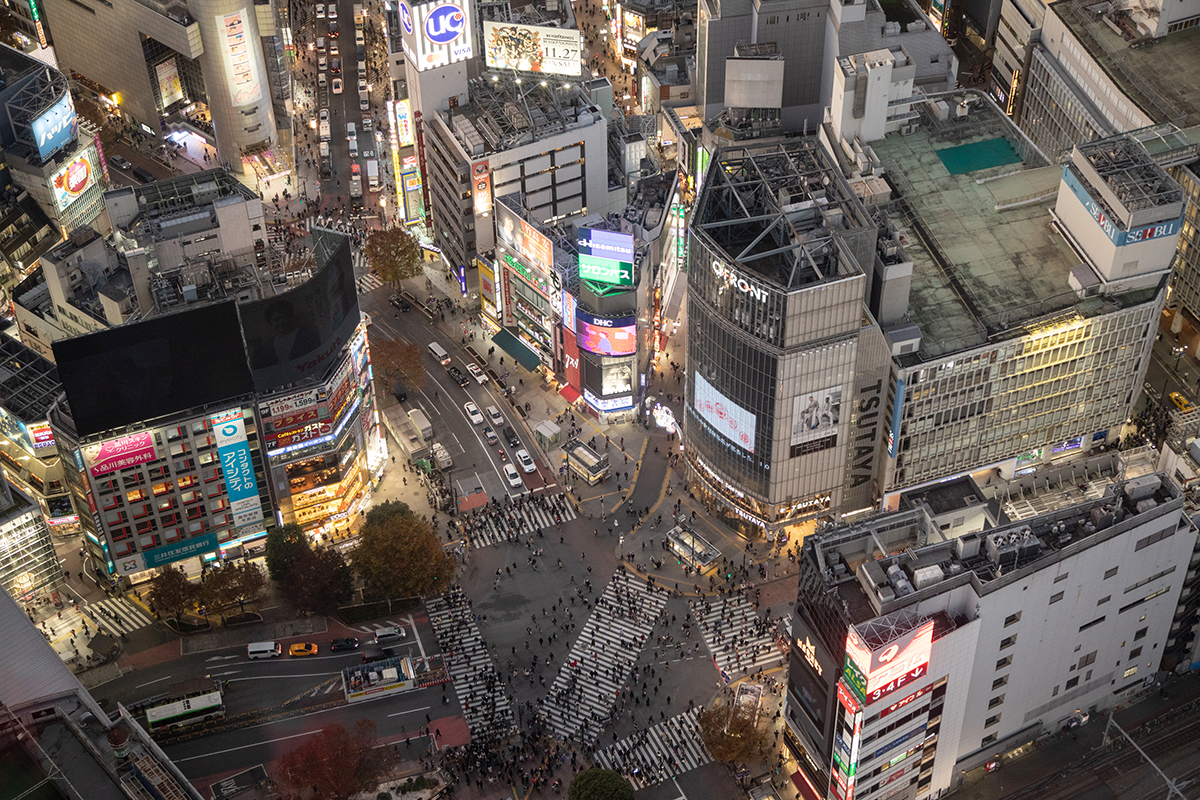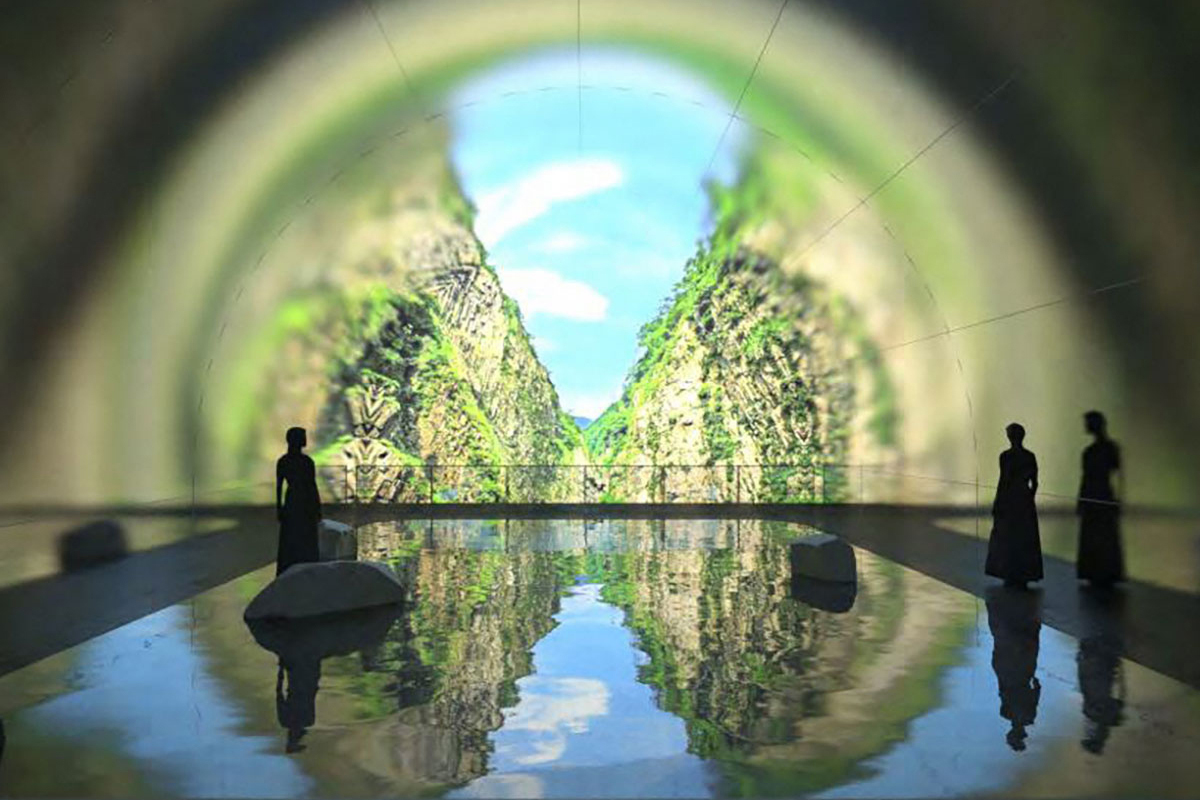While Japan’s capital usually brings to mind skyscrapers and neon lights, there are still spots where visitors can get a feel for tradition and the art of living when the city was called Edo.
One gem people don’t want to miss is the Shunkaen Bonsai Museum in Edogawa Ward. Created by award-winning bonsai artist Kunio Kobayashi, the serene garden and tatami rooms showcase around 1,000 bonsai, each a perfect tiny landscape that has been carefully tended and shaped. The collection includes maples, plums, cherries and other trees that array themselves with the colors of the seasons, all in miniature. For those wanting to learn more, the museum offers basic bonsai-tending classes in both English and Chinese so visitors can experience firsthand the delicate touch required by this ancient art.
After a little less than an hour by bus and train, visitors are back in the vibrant, young neighborhood of Shibuya, where they can experience Tokyo’s iconic scramble crossing and take a selfie with the famous Hachiko statue. For shopping, food and art, there are the glittering Shibuya Hikarie, Shibuya Stream and Shibuya Bridge.

People can walk through the backstreets dotted with high-end houses and cute boutiques to Daikanyama, a neighborhood where they can find some of the hottest trends in both Japanese and international fashion. Visitors can enjoy a cup of coffee while wandering through Hillside Terrace, or discovering the stately beauty of the Kyu Asakura House.
After getting in touch with the beat of Japan’s capital, visitors can head out to see another side of the country in Niigata Prefecture. A ride of about 1 hour and 10 minutes on the Joetsu Shinkansen lands at Echigo-Yuzawa Station, the gateway to Tokamachi’s Matsudai area.
People can begin their explorations at Matsudai Nohbutai, a field museum that celebrates the culture and traditions of this snowy farming region through artwork, workshops and a restaurant that offers local delicacies. The facility and surrounding area are dotted with art by Japanese and international artists. The observation deck provides a stunning view of terraced rice fields as well as a full view of “The Rice Field” by Ilya and Emilia Kabakov, an art installation that expresses the traditional rice cultivation scene with text and sculpture.

The following morning, visitors can take the bus (followed by a roughly 30-minute walk) to see Kiyotsu Gorge, considered one of the three most spectacular in Japan. At the Panorama Station at the end of the tunnel, visitors will find the scenery mirrored in a reflecting pool inside the beautiful art space.

Before heading back to Tokyo on the bullet train, a stop at the Northern Culture Museum is in order. The elegant house filled with a collection of artistic treasures took eight years to complete, and along with the garden represents an ode to Niigata’s tradition of craftsmanship.
When in Tokyo, visitors are no more than a bullet train away from some of Japan’s most fascinating hidden gems, just waiting to be discovered.
For more information, visit:
https://www.hokurikuandtokyo.org/
Download the PDF of this article











